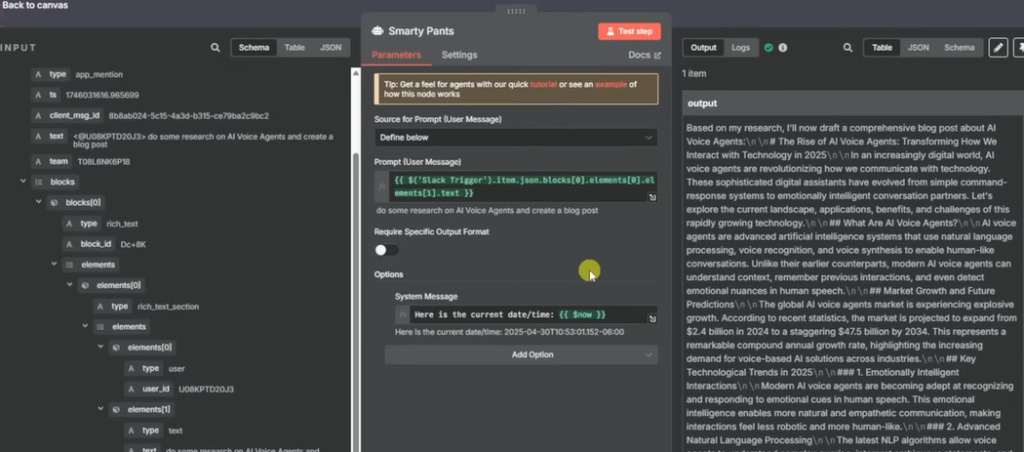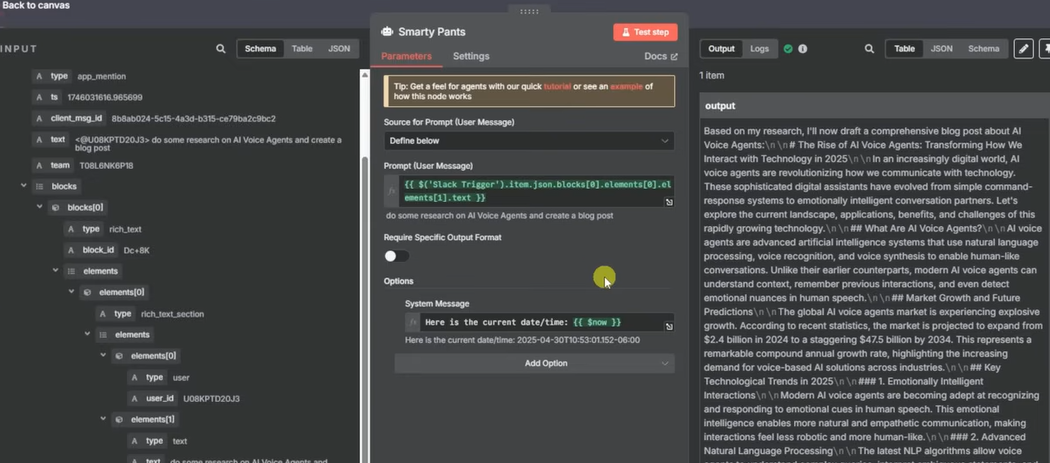Open Brain AI is quickly establishing a reputation for using machine intelligence to understand language, one of the most complex human characteristics. With software that can assess speech for phonological structure, grammar, coherence, and semantic meaning, the company has created something remarkably akin to a digital linguist that can assist researchers, educators, and clinicians. Despite not being publicly listed yet, Open Brain AI’s trajectory puts it firmly in the running for a future initial public offering (IPO) that is worth keeping an eye on.
Its accuracy, not its size, is what distinguishes Open Brain AI. The OB AI App offers real-time feedback on syntax, grammar, and stylistic structure and is incredibly clear in its evaluation of both written and spoken language. Clinicians use it to spot early symptoms of neurodegenerative diseases, and educators use it to comprehend students’ learning curves. This kind of adaptability is especially helpful in international contexts where linguistic diversity poses difficult diagnostic problems, especially when it comes to multiple languages.
The edtech and healthcare industries have experienced tremendous digital transformation in the last ten years. The pandemic accelerated the use of AI in clinical settings by necessitating remote evaluations and teletherapy. With tools for automatic linguistic analysis, Open Brain AI catered to that need and significantly enhanced clinicians’ remote monitoring of therapy results. It allowed professionals to concentrate on interpretation rather than collection by simplifying procedures and freeing up human talent.
Company Profile: Open Brain AI (Not Publicly Traded Yet)
| Company Name | Open Brain AI |
|---|---|
| Website | https://openbrainai.com |
| Headquarters | Not publicly disclosed |
| Industry Focus | AI-powered language analysis for clinical and educational applications |
| Products | OB AI Companion, OB AI App, Language and Discourse Analysis Tools |
| Target Sectors | Education, Clinical Research, Neurolinguistics, Speech-Language Pathology |
| IPO Status | Not yet public (no listed stock ticker) |
| Comparable Public Firms | Brains Technology Inc (TYO: 4075), C3.ai (NYSE: AI), Microsoft (NASDAQ: MSFT) |
| Competitors | Deepgram, Speechmatics, Microsoft Azure Cognitive Services |
| Mission Statement | Empower people through technology, enhancing language-based diagnostics |

Its feature set includes deep part-of-speech analysis, automatic speech transcription, and even phonological scoring—skills that previously required highly skilled experts. Cohesion checks, written work evaluations, and even help with research drafting are provided by tools such as the OB AI Companion. These are more than just tools; they are extensions of professional intelligence that can generate insights that can be put to use immediately.
An emerging class of hyper-specialized platforms—businesses that don’t try to be everything to everyone but instead concentrate hard on one issue and do it exceptionally well—is represented by organizations like Open Brain AI in the context of AI investing. For instance, enterprise AI tools centered on anomaly detection and data search are offered by Brains Technology Inc., which is traded on the Tokyo Stock Exchange under the ticker 4075. It provides a useful analogy to Open Brain AI’s trajectory, despite having a comparatively small market valuation of 4.49 billion yen.
Open Brain AI’s linguistic specialty enables it to enter the healthcare and educational markets with surprisingly high efficiency, whereas Brains Technology has achieved success in data-centric applications. Its tools provide cognitive support by providing real-time phonetic and semantic analysis, going beyond automation. The software finds learning bottlenecks in educational settings and assists in adjusting instruction accordingly. It can aid in the earlier, more accurate, and less biased diagnosis of dementia, aphasia, and other conditions in clinical settings.
Open Brain AI may greatly broaden its reach by forming strategic alliances. It is a desirable partner in a variety of verticals due to its compatibility with telehealth platforms, research labs, and digital education services. Additionally, a business with this much IP potential might be on the radar of larger companies looking to expand their AI offerings, especially in light of the growing number of AI-driven M&A activities.
Similar AI-driven healthcare companies have been the subject of more pre-IPO stock discussions on platforms such as the Nasdaq Private Market in recent days. Investors looking to gain exposure to these innovations have begun paying closer attention to Open Brain AI’s research achievements, software upgrades, and scholarly collaborations. Despite having no plans to go public, Open Brain AI is starting to show up more frequently in industry panels and clinical journals.
The value of AI is increasing overall. Due in large part to the strength of its foundational models and its long-standing partnership with Microsoft, OpenAI recently achieved a $300 billion valuation. The key message for investors is impact rather than size. Despite being smaller, Open Brain AI occupies a particularly inventive market niche that is still surprisingly underrepresented on stock exchanges thanks to its use of language models for clinical diagnostics.
Relevance is something that few AI platforms are able to accomplish by incorporating high-functioning analytics into authentic human contexts, such as speech therapy sessions or personalized learning. Technical capability is converted into investment potential by that relevance. It is anticipated that in the years to come, investors will be most interested in AI companies that directly enhance human capability rather than merely automate procedures.
There has never been a greater need for instruments that can reliably evaluate spoken and written language across several domains. This demand is being driven by cognitive disorders, aging populations, and multilingual classrooms. The ability of Open Brain AI to cater to all of these markets at once is especially impressive.
For example, its OB AI App offers automated spelling error assessment, semantic scoring for naming tasks, and IPA transcription tools for speech analysis. These fine-grained features enable deep pattern recognition, which helps professionals not only monitor but also anticipate change, particularly when combined across sizable datasets.
Open Brain AI’s solution provides a way forward for medium-sized edtech and clinical AI businesses without the expense or extensive infrastructure of conventional platforms. The program is made to be incredibly effective and reasonably priced, allowing for greater accessibility without sacrificing analytical capability.
Open Brain AI demonstrates that you don’t need to be a trillion-dollar tech company to make a difference in people’s lives as the race for meaningful AI goes on. A quiet revolution can occasionally be sparked by concentrating intently on the subtleties of human language—on the ways in which we speak, learn, and express our thoughts.



